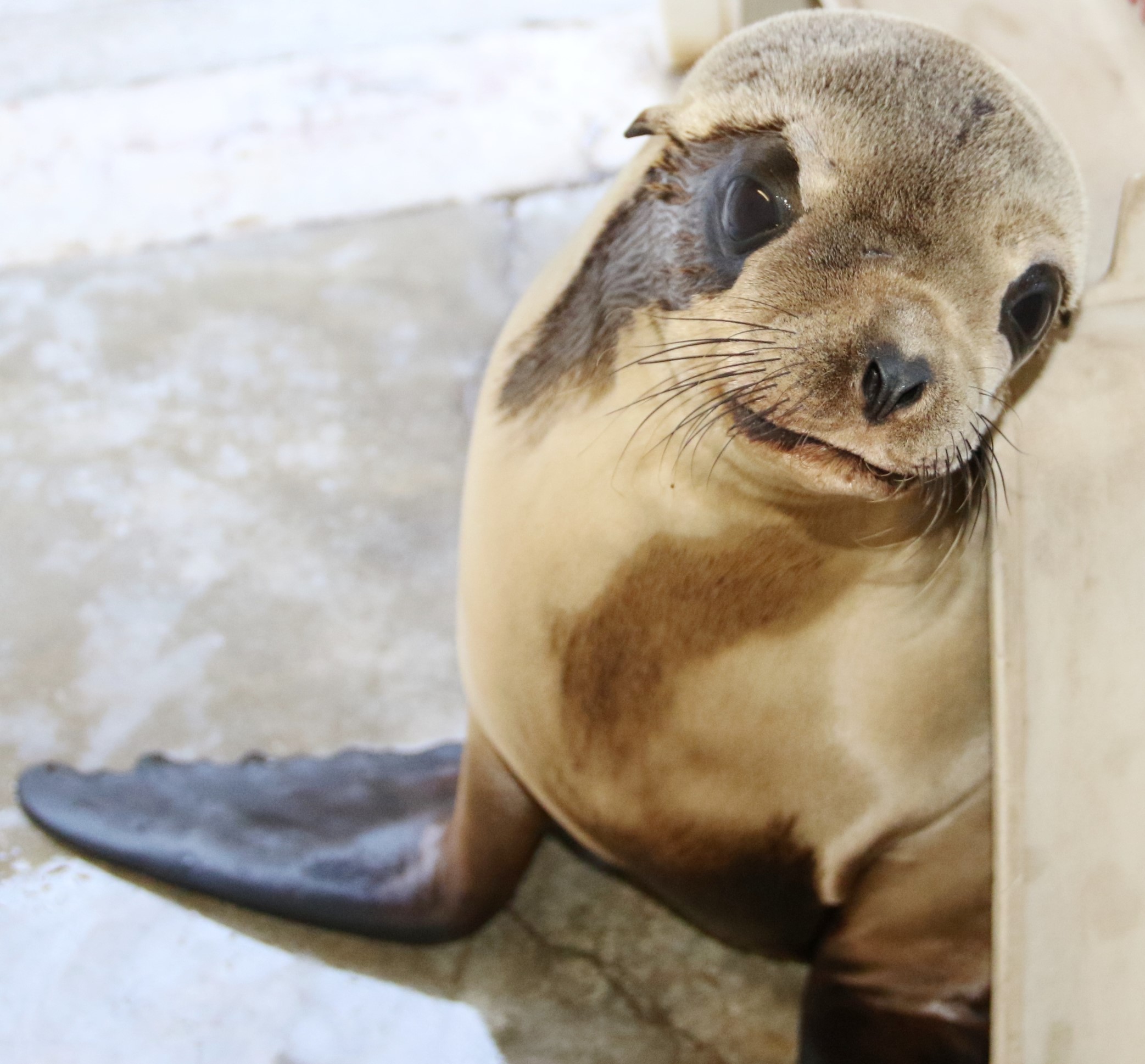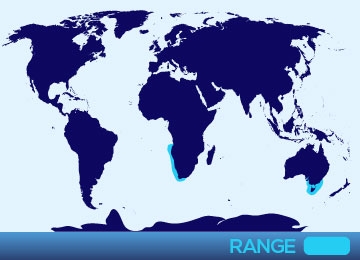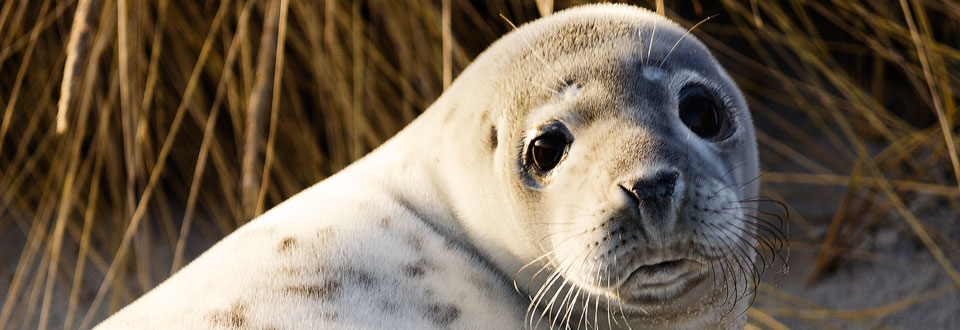
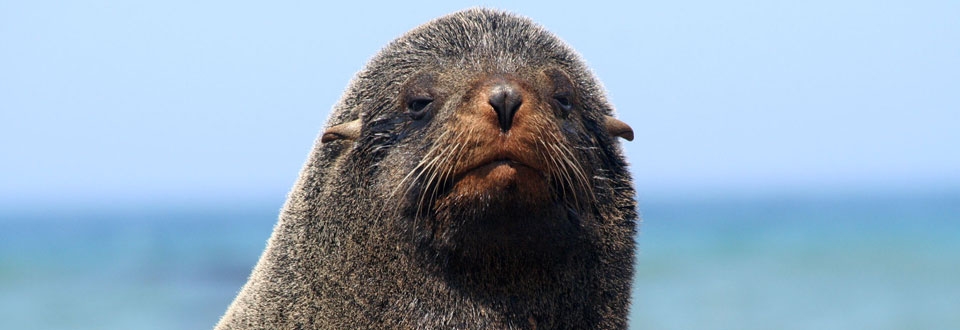
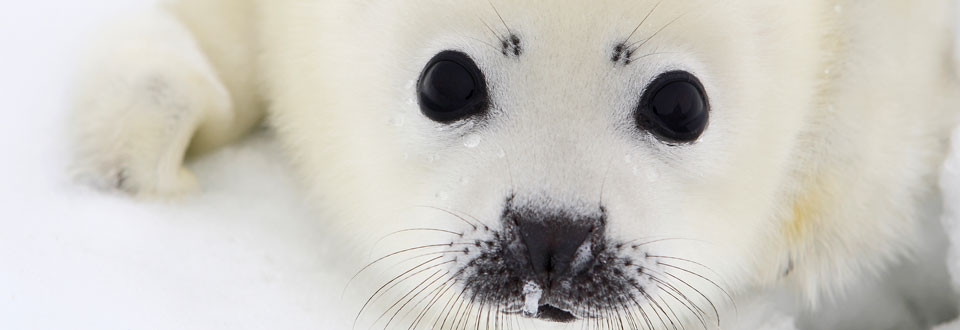
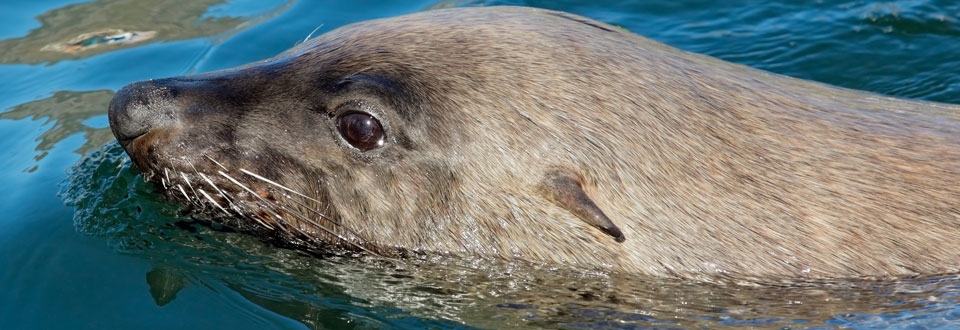
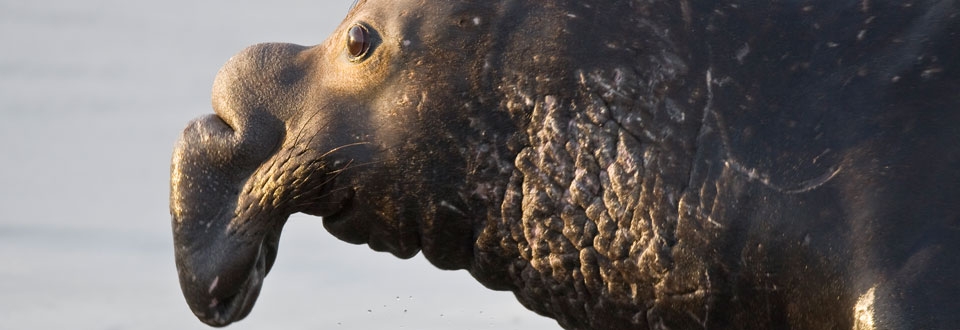
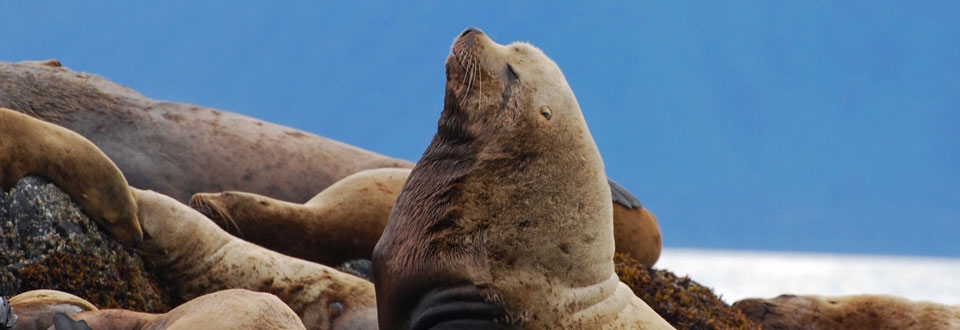
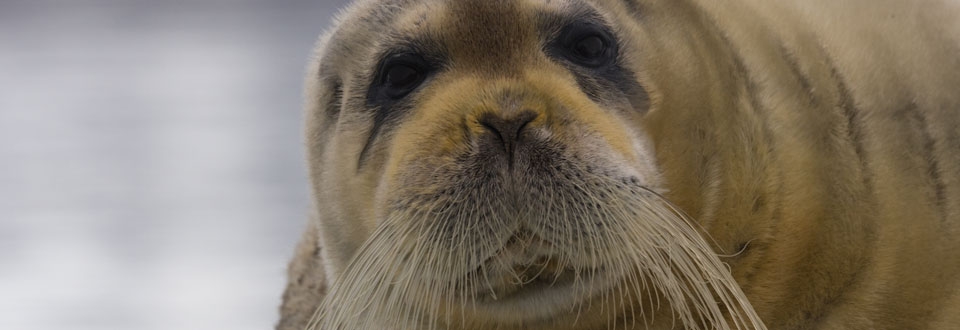
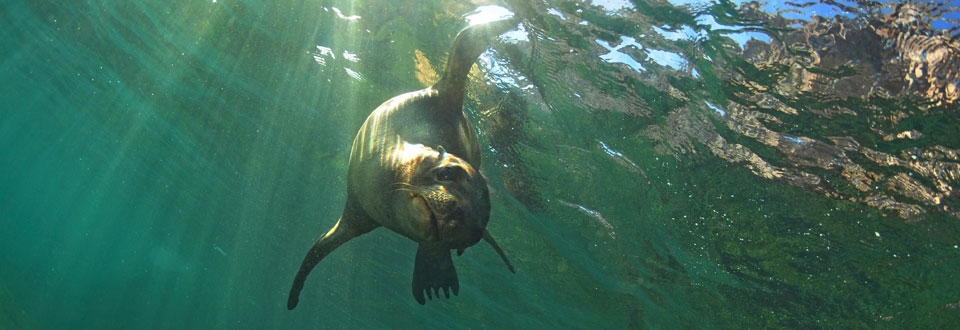
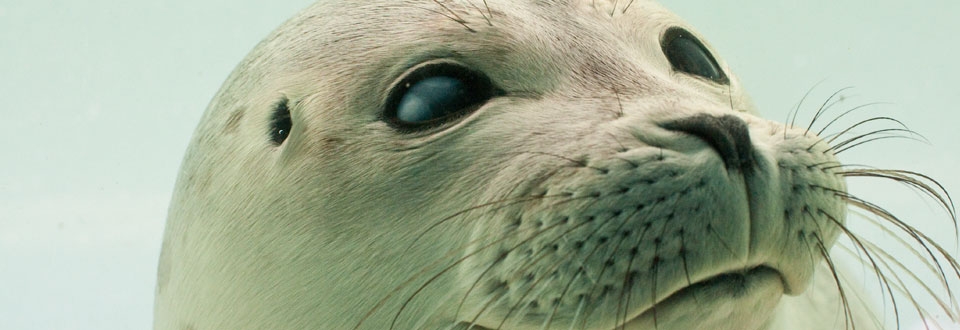
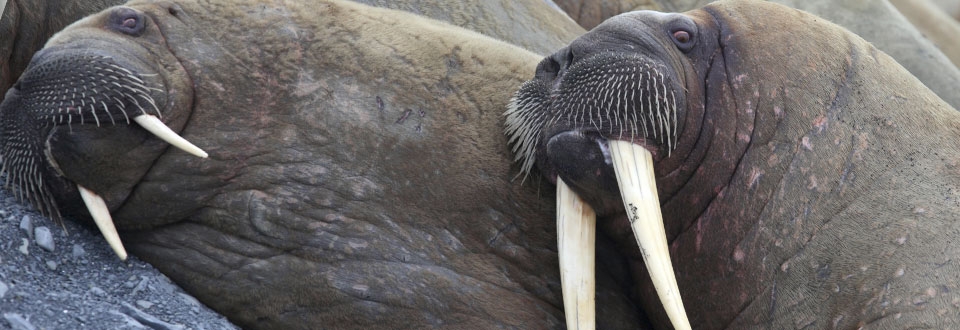
Pinniped Species
All
x
- – No known individuals remaining.
- – Known only to survive in captivity, or as a naturalized population outside its historic range.
- – Extremely high risk of extinction in the wild.
- – High risk of extinction in the wild.
- – High risk of endangerment in the wild.
- – Likely to become endangered in the near future.
- – Lowest risk. Does not qualify for a higher risk category. Widespread and abundant taxa are included in this category.
- – Not enough data to make an assessment of its risk of extinction.
- – Has not yet been evaluated against the criteria.
South African Fur Seal
- – No known individuals remaining.
- – Known only to survive in captivity, or as a naturalized population outside its historic range.
- – Extremely high risk of extinction in the wild.
- – High risk of extinction in the wild.
- – High risk of endangerment in the wild.
- – Likely to become endangered in the near future.
- – Lowest risk. Does not qualify for a higher risk category. Widespread and abundant taxa are included in this category.
- – Not enough data to make an assessment of its risk of extinction.
- – Has not yet been evaluated against the criteria.
Males: 6 – 8 feet
Females: 4 – 6 feet
Males: 450 – 800 lbs
Females: 115 – 360 lbs.
South African fur seals can be found along the coast of Namibia as well as the west and south coasts of South Africa. Their population is estimate to be 1.5 – 2 million.
South African and Australian fur seals are the largest species of fur seals. They have a broad head with a pointed muzzle, external pinnae and vibrissae. The two species are identical, save for a small difference in skull structure. Males possess dark brown coats, while females’ coats are brownish-grey or very light brown.
Sardines, anchovies, bearded gobies, mackerel, demersal hake, cephalopods, crustraceans, and occasionally cape gannet, cormorant, and African penguins.
South African fur seals are found living on rocky beaches located inland as well as sandy beaches. They are not known to migrate far from breeding grounds, aside from foraging for food.
Males arrive on the breeding grounds in late October and early November. Breeding takes place for approximately six weeks. During this time, males can accumulate anywhere between seven and thirty females. Pups are born between early November to late December and can weigh 11-13 pounds. Pups nurse for 8-10 months.
While the hunting in Namibia is still occurring and shows no signs of ceasing soon, South Africa has taken a stand against seal hunting. Hunting in South Africa has been suspended since 1990, with the seals being protected since 1893. This legislation prohibits recreational killing of fur seals, but allows the government to issue a decree to allow hunting. While South African fur seals are commercially hunted, the IUCN has deemed the species of “least concern” in 2010.
South African fur seals have been hunted since the 1600’s, with more than 2.7 million seals hunted since 1900. Each year, there is a commercial hunt for South African fur seals in Namibia, occurring annually between August and November. Quotas are set each year, and numbers typically are close to 60,000 pups and 7,000 adult males. This yearly hunt is justified by the Namibian government, claiming the increase in fur seal killings benefits fisheries. Aside from human threat, South African fur seals are hunted by sharks and killer whales in the wild. Pups are also prey of black-backed jackals and brown hyenas while on the mainland.
South African fur seals can dive to over 1300 feet. Male genitalia, harvested for the aphrodisiac trade in the Far East markets, is one of the most lucrative aspects of the seal hunting spectrum in Namibia.




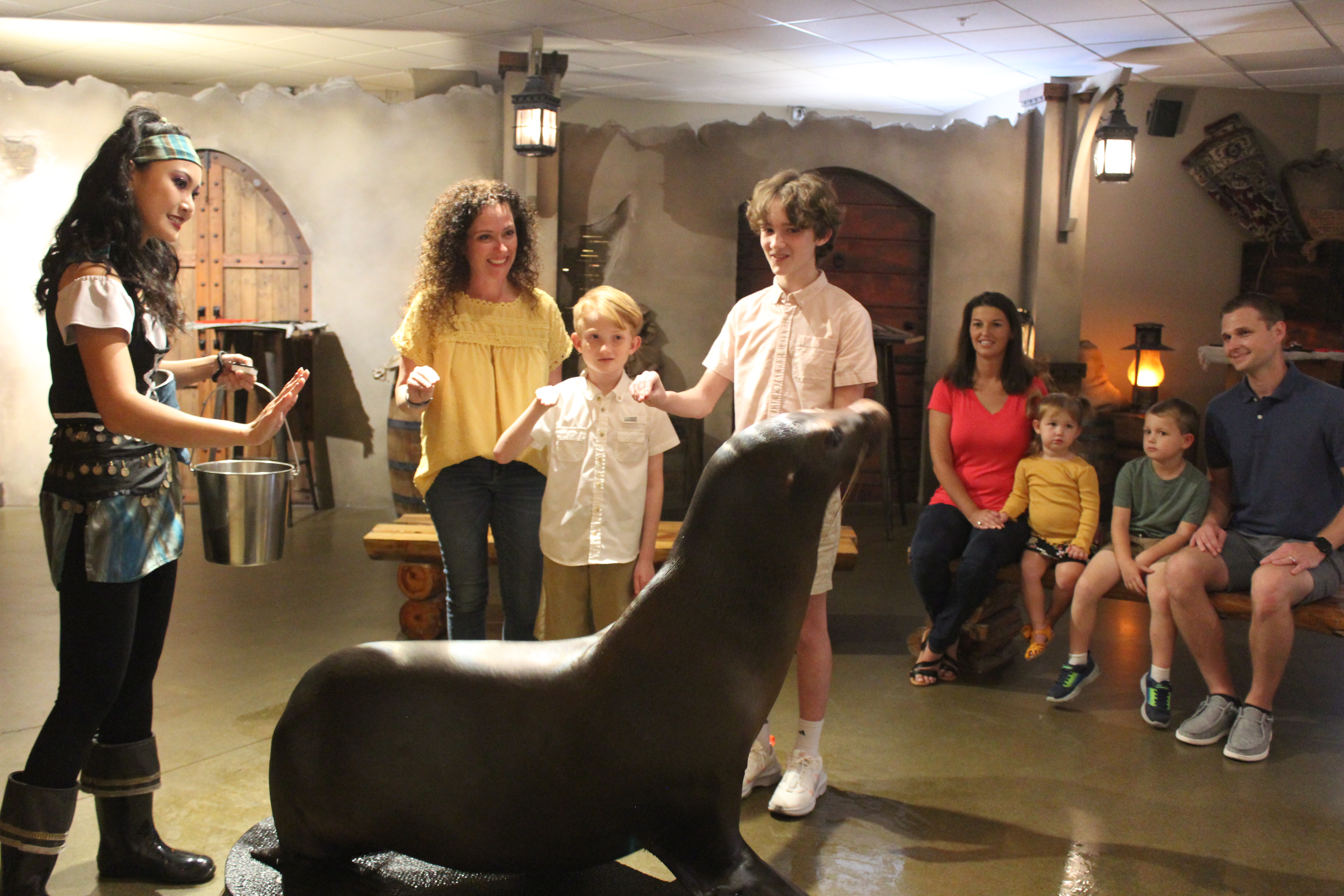 Animal Encounter
Animal Encounter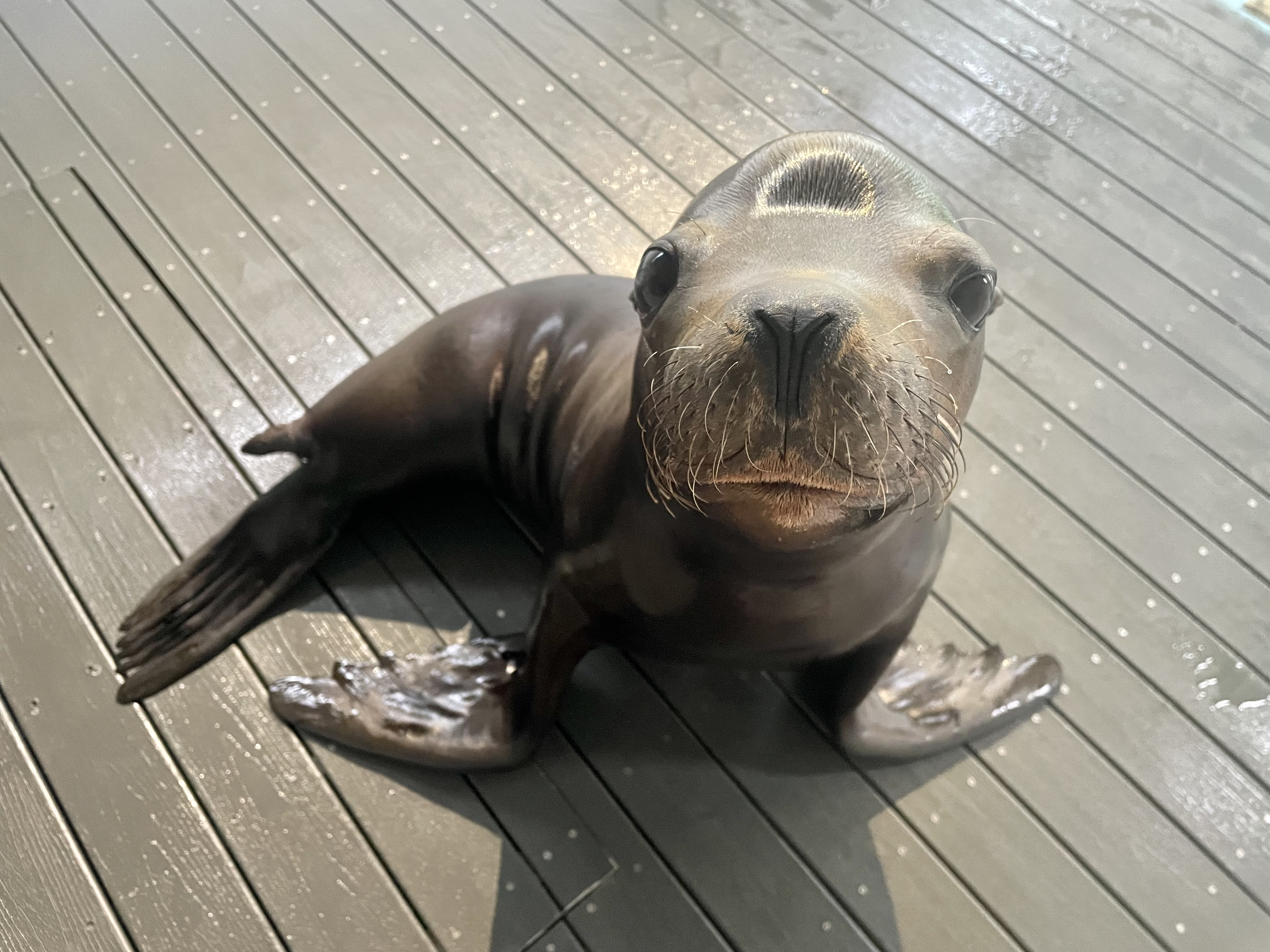 Our Locations
Our Locations
 Family Fun
Family Fun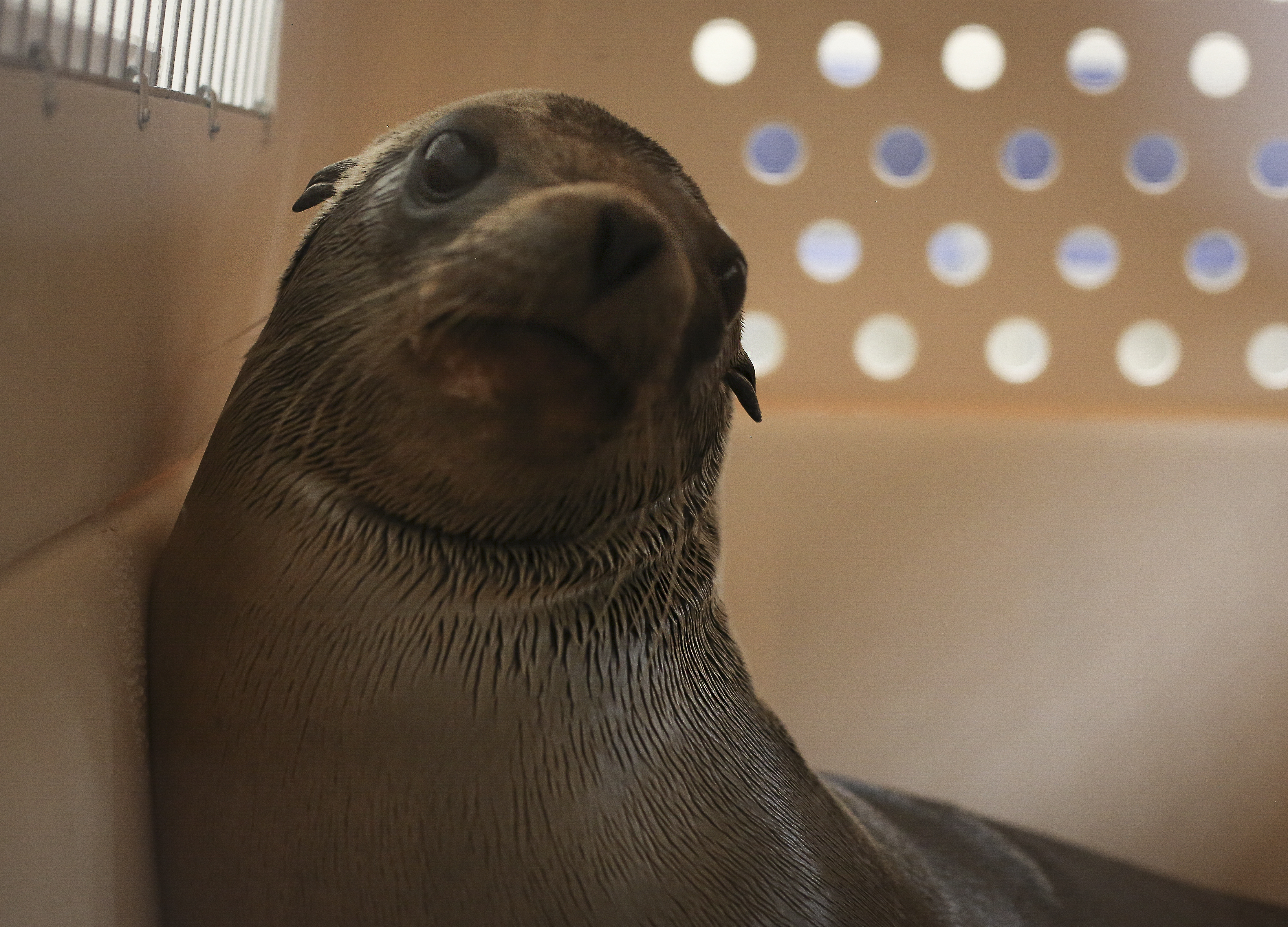
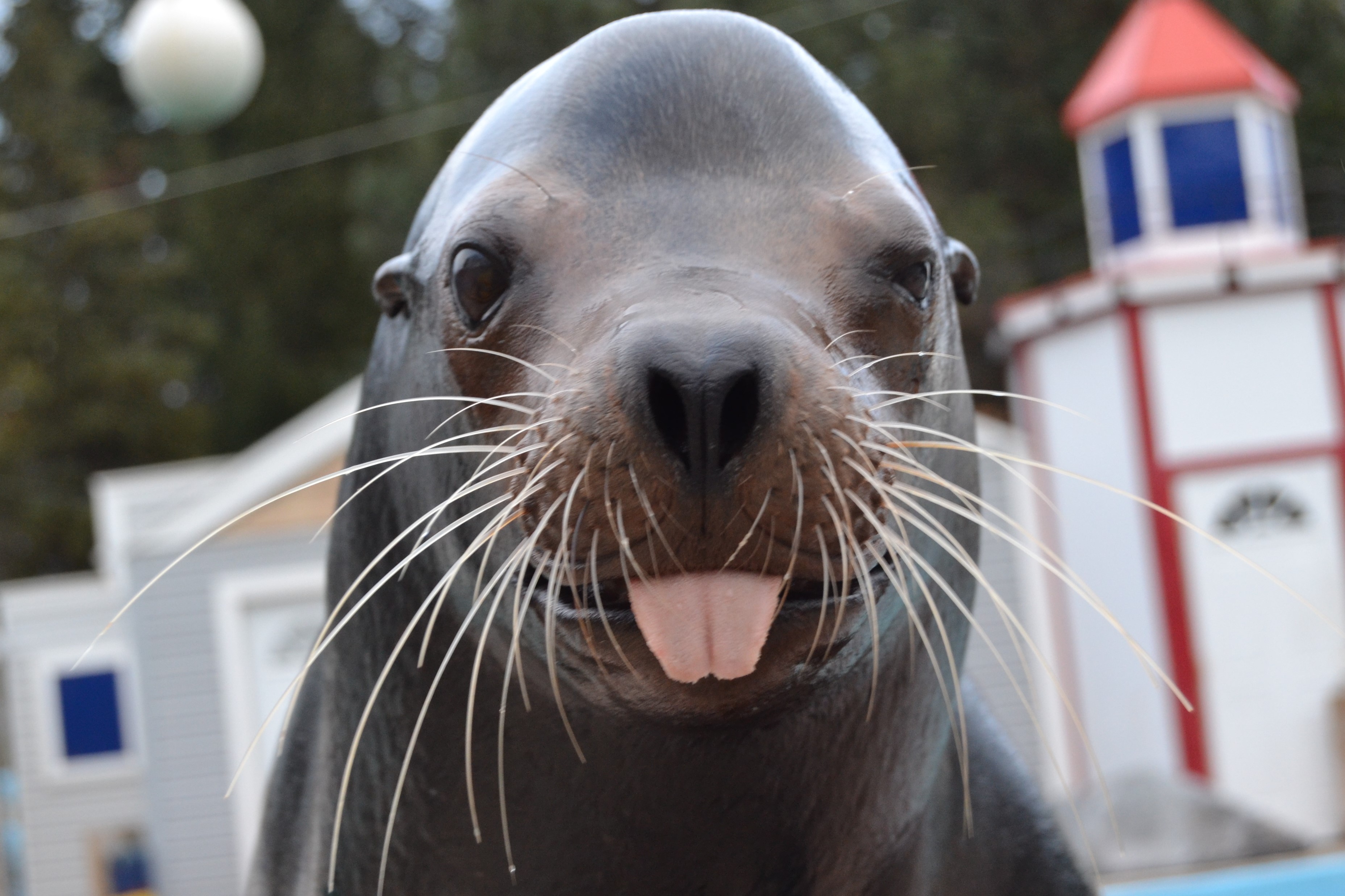
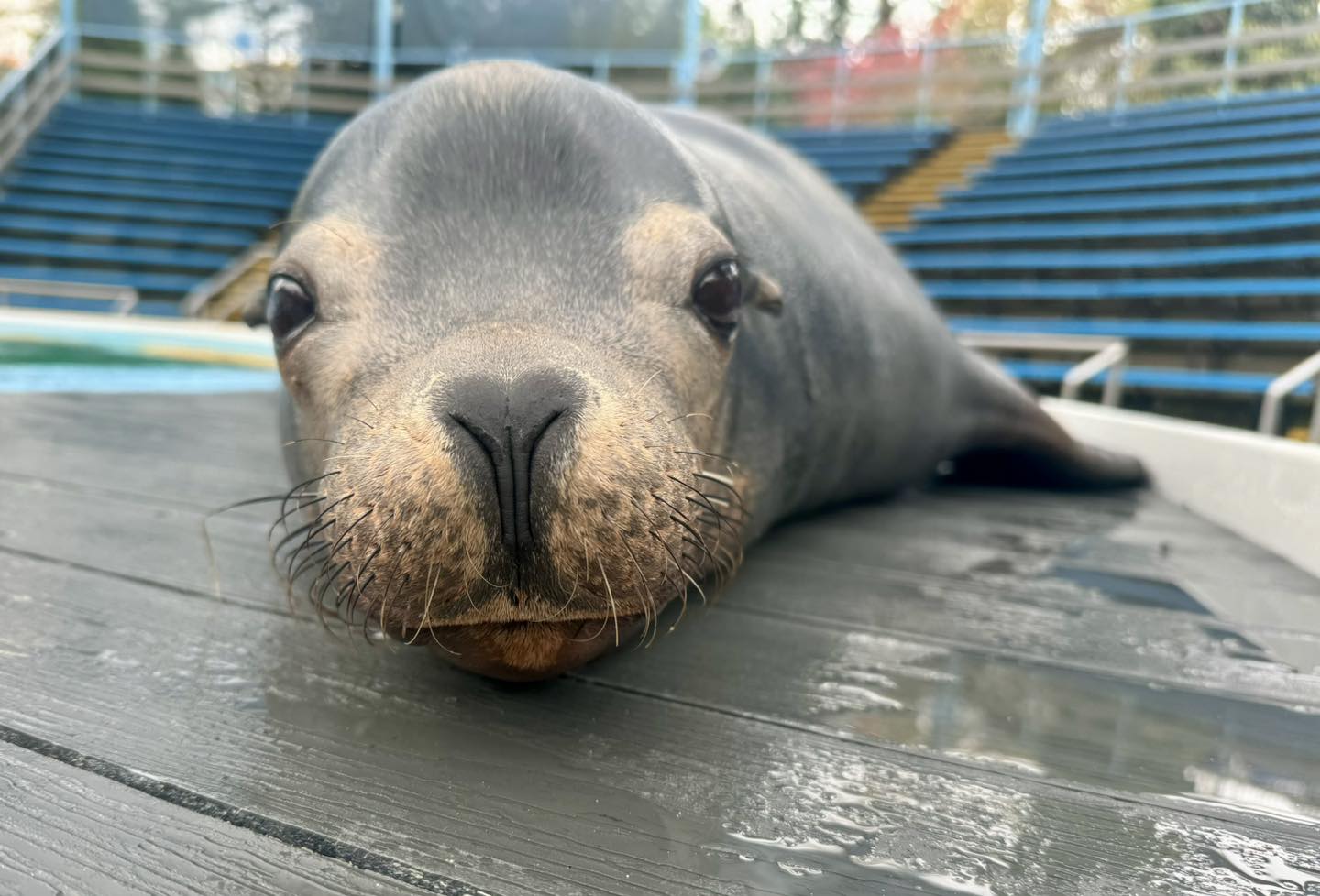 Meet Ripley!
Meet Ripley!

